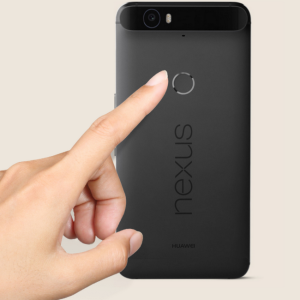1. jQuery Delicious Plugin
This plugin will display information from delicious.com using their API.
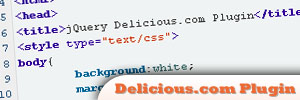
Live Demo:
http://bitbucket.org/pmclanahan/jquery-delicious/overview
2. jQuery CHECKBOXTOSLIDER Plugin
Checkboxtoslider allows transformation of form checkboxes into neat sliders.

Live Demo:
http://plugins.jquery.com/project/checkboxToSlider
3. Crayonbox JQuery Plugin
This is just a simple color picker that offers lots of options. All you need to do is create a textfield that you will want to add the crayonbox plugin.
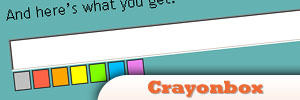
4. Jquery Bogodice Plugin
Cool plugin that adds a dice rolling behavior to a web page.
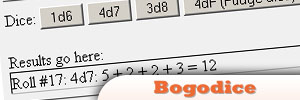
5. AutoSnippet – Automatic Code Snippet Generator
Automatically generate the code snippet to the source code (html, CSS and javascript). No more inaccurate repetition of task and as well as inconsistencies between examples and real codes.
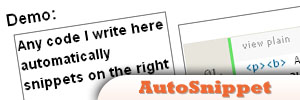
Live Demo:
http://spacebug.com/projects/autosnippet/
6. Countdown Jquery Plugin
To set a div or span that shows a countdown to a given time is the main function of this plugin.
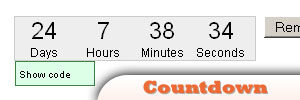
Live Demo:
http://keith-wood.name/countdown.html
7. Flowplayer
Use this plugin to embed video streams into your website.

Live Demo:
http://flowplayer.org/
8. Fancy Tip jQuery Tooltip Plugin
A plugin that allows nice-looking tooltips to be associated with any element that is selectable by means of jQuery with available good degree of configuration.

Live Demo:
http://plugins.jquery.com/project/fancytip
9. jQuery Color Picker
This jQuery plugin was designed for use in small UIs. There’s nothing fancy with this, however it can cater the user for creating numbers of elements where it activates callback function when clicked. Basically it is used to pass the selected color to some UI elements.
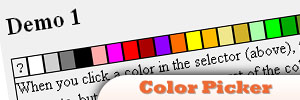
10. Activebar2
A crossbrowser information that clones widely spread bars used by modern browser today.
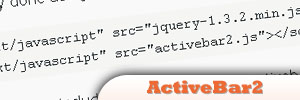
FAQs on Enhancing Your Site with Top 10 jQuery Widgets for Interactive User Experience
What are the benefits of using jQuery widgets?
jQuery widgets are highly beneficial for web developers due to their simplicity and versatility. They are pre-written pieces of code that can be easily integrated into a website to perform specific functions, such as creating sliders, accordions, or date pickers. This saves developers a significant amount of time and effort as they don’t have to write these functionalities from scratch. Moreover, jQuery widgets are highly customizable, allowing developers to modify them according to their specific needs and preferences. They are also cross-browser compatible, meaning they work seamlessly across different web browsers, ensuring a consistent user experience.
How do I install a jQuery widget on my website?
Installing a jQuery widget on your website is a straightforward process. First, you need to include the jQuery library in your HTML file. This can be done by adding a script tag with the source attribute pointing to the jQuery library. Next, you need to include the jQuery UI library, which contains the widget you want to use. After that, you can initialize the widget using a script tag and calling the widget’s function on the desired HTML element.
Can I customize jQuery widgets?
Yes, jQuery widgets are highly customizable. You can modify their appearance and behavior according to your specific needs and preferences. This can be done by passing options to the widget’s function during initialization. These options can include things like colors, sizes, animations, and event handlers. You can also use CSS to further customize the look and feel of the widget.
Are jQuery widgets responsive?
While jQuery widgets are not inherently responsive, they can be made responsive with a bit of extra coding. This involves using CSS media queries to adjust the size and layout of the widget based on the screen size. Some jQuery widgets also have built-in options for responsiveness, so it’s worth checking the documentation for the specific widget you’re using.
Do jQuery widgets work with all web browsers?
jQuery widgets are designed to be cross-browser compatible, meaning they should work seamlessly across different web browsers. However, it’s always a good idea to test your widgets on multiple browsers to ensure they function as expected. If you encounter any issues, you can usually find solutions in the jQuery community or documentation.
Can I use multiple jQuery widgets on the same page?
Yes, you can use multiple jQuery widgets on the same page. Each widget operates independently of the others, so there should be no conflicts or issues. However, it’s important to keep in mind that adding too many widgets can slow down your page load time, so it’s best to only use the ones you really need.
How do I update a jQuery widget?
Updating a jQuery widget is as simple as replacing the old widget code with the new one. However, before doing so, it’s important to check the documentation for any changes or new features that may affect how the widget works. If you’re using a CDN to host your jQuery libraries, the updates may be applied automatically.
Can I create my own jQuery widgets?
Yes, jQuery provides a widget factory that you can use to create your own custom widgets. This involves defining a new widget with its own methods and options. While creating your own widgets requires a good understanding of JavaScript and jQuery, it allows you to create highly customized functionalities for your website.
Are jQuery widgets accessible?
jQuery strives to make its widgets accessible to all users, including those with disabilities. Many jQuery widgets include features like keyboard navigation, ARIA roles, and other accessibility enhancements. However, it’s always a good idea to test your widgets with various assistive technologies to ensure they are truly accessible.
Can I use jQuery widgets with other JavaScript libraries?
Yes, jQuery widgets can be used with other JavaScript libraries. However, it’s important to note that jQuery uses the $ symbol as a shortcut for its functions, which can cause conflicts with other libraries that use the same symbol. To avoid this, jQuery provides a noConflict method that allows you to create a new alias for jQuery and free up the $ symbol.
Sam Deering has 15+ years of programming and website development experience. He was a website consultant at Console, ABC News, Flight Centre, Sapient Nitro, and the QLD Government and runs a tech blog with over 1 million views per month. Currently, Sam is the Founder of Crypto News, Australia.
Published in
·Canvas & SVG·Design·Design & UX·HTML & CSS·HTML5·Illustration·Technology·January 21, 2015


